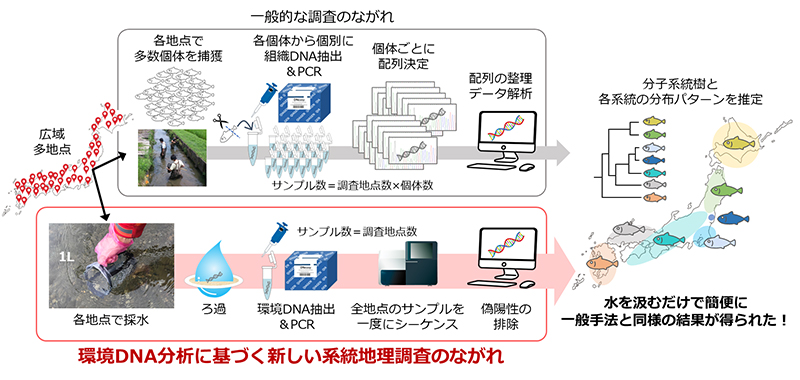2023-03-06 ペンシルベニア州立大学(PennState)
多くの消費者は、これらのデバイスが提供する歩数カウントやアクティビティトラッキングを頼りに、身体活動レベルを向上させることに成功しています。
ペンシルベニア州立大学の新しい研究によると、これらのデバイスは、単に歩数や活動量の記録を提供するだけでなく、画面上のプロンプトを通じて、着用者に活動の自己監視を求めると、ユーザーは身体活動へのモチベーションを高めることができる。
<関連情報>
- https://www.psu.edu/news/health-and-human-development/story/self-monitoring-physical-activity-matters-according-smartwatch/
- https://psycnet.apa.org/record/2023-49863-002
2種類の瞬間的なフィードバックプロンプトの頻度と日常の身体活動との間の用量反応関係。 Dose–response relations between the frequency of two types of momentary feedback prompts and daily physical activity.
Conroy, David E. Wu, Jingchuan Lee, Alexandra M. Brunke-Reese, Deborah Lagoa, Constantino M.
Health Psychology
DOI:https://psycnet.apa.org/doi/10.1037/hea0001271
Abstract
Objective: Self-monitoring and behavioral feedback are widely used to help people monitor progress toward daily physical activity goals. Little information exists about the optimal dosing parameters for these techniques or if they are interchangeable in digital physical activity interventions. This study used a within-person experimental design to evaluate associations between the frequency of two different prompt types (one for each technique) and daily physical activity. Method: Insufficiently active young adults were assigned monthly physical activity goals and wore smartwatches with activity trackers for 3 months. They received zero to six randomly selected and timed watch-based prompts each day, with individual prompts either providing behavioral feedback or prompting the participant to self-monitor. Results: Physical activity increased significantly over the 3-month period (step counts d = 1.03; moderate-to-vigorous physical activity duration d = 0.99). Mixed linear models revealed that daily step counts were positively associated with the frequency of daily self-monitoring prompts up to approximately three prompts/day (d = 0.22) after which additional prompts provided minimal or reduced benefit. Daily step counts were not associated with the frequency of behavioral feedback prompts. Daily moderate-to-vigorous physical activity was not associated with the frequency of either prompt. Conclusions: Self-monitoring and behavioral feedback are not interchangeable behavior change techniques in digital physical activity interventions, and only self-monitoring prompts show signs of a dose-response association with physical activity volume. Activity trackers, such as smartwatches and mobile apps, should provide an option to replace behavioral feedback prompts with self-monitoring prompts to promote physical activity among insufficiently active young adults. (PsycInfo Database Record (c) 2023 APA, all rights reserved)



